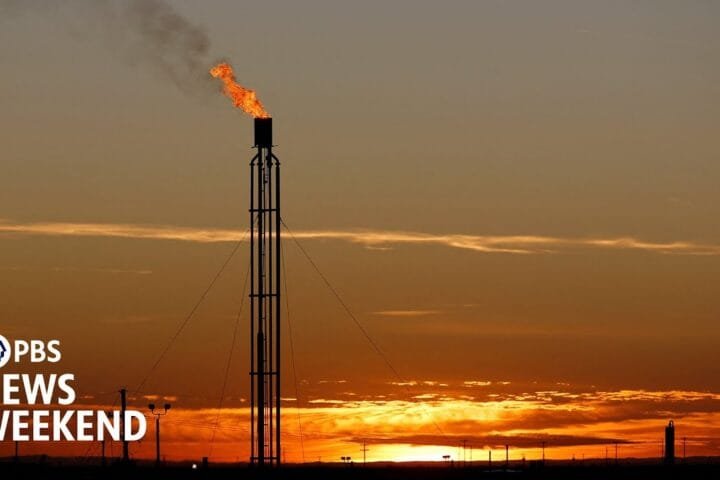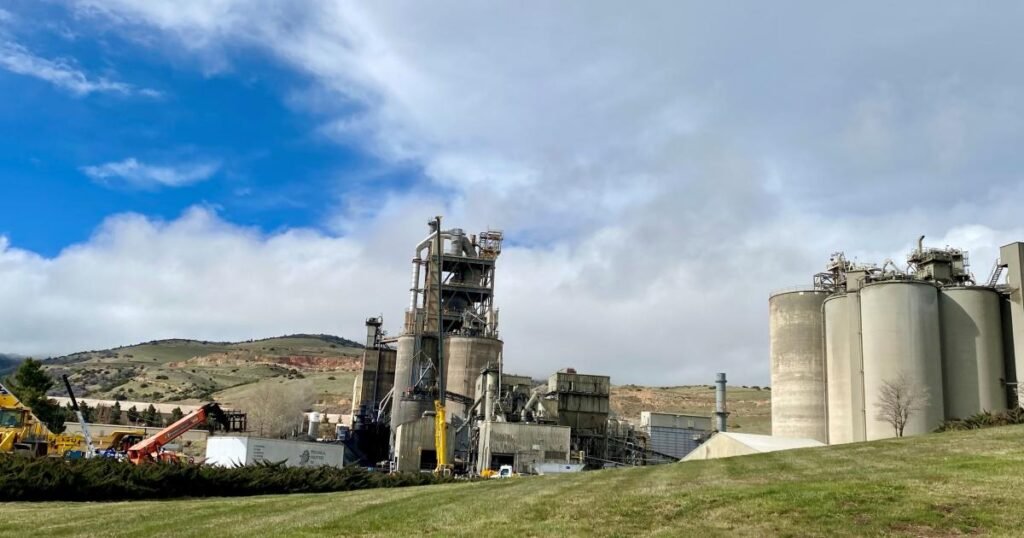Why are all these states releasing climate plans right now?
Millions of dollars are about to flow to states to help them tackle their unique local climate challenges. The Climate Pollution Reduction Grants (CPRG) program is one of the largest buckets of direct funding within the Inflation Reduction Act (IRA), providing $5 billion to states, municipalities, Tribes, and other governments to reduce climate pollution. The first phase of the program, the planning grants, put $250 million in state and local governments’ hands to conceive of their clean energy future. And nearly every US state, along with D.C. and Puerto Rico, put their hand up for this tremendous opportunity by submitting a Priority Climate Action Plan (Climate Plan) to the Environmental Protection Agency (EPA) just last month.
It is a signal that a vast majority of US states — even ones that haven’t historically been leaders on climate — are eager to capitalize on the opportunity to address climate, advance clean energy, lower energy costs, clean up air pollution, and create jobs. States that might not have had the funding to invest in sectoral or economy-wide programs designed to reduce climate pollution now can — on their own terms, with nearly unlimited creativity.
For the first time ever, states across the country are writing down their plans for meaningful climate action at the same time. We are looking forward to partnering with states, advocates, industry, labor leaders, and communities to strengthen, implement, and expand these Climate Plans, supported by billions of dollars of federal investment. Our first look shows big opportunities ahead, and there’s more to explore.
What is RMI looking for?
We are just starting our analysis to ensure states and advocates have the information they need to answer key questions, like:
- Which Climate Plans rise to the top and why?
- Which Climate Plans do a particularly good job of addressing key community needs, including workforce development, environmental justice, and stakeholder engagement?
- What measures stand out as particularly new or innovative?
- What measures might merit scaling across states?
- Which states’ measures are particularly well targeted to their highest emitting sectors, and what key gaps exist within or across state plans?
- How did states fare when engaging in climate planning for the first time, and how much more work remains ahead?
- Which states show a high level of ambition? Are there new emerging climate leaders?
Though relatively high level, these early insights should prove inspiring for state policymakers and advocates by demonstrating the sheer volume of potential climate action contained within the 47 Priority Climate Action Plans. Over the next few months, our team will continue to review these plans to identify additional takeaways from across the country to further advance the transformative climate action these plans could unlock.





